Curve Card’s version of what happened with their American Express partnership
Links on Head for Points may support the site by paying a commission. See here for all partner links.
Following on from our coverage of Curve and its split with American Express, the blog post below was published on the Curve website on Thursday morning.
As few of you will find it there by chance, I thought I would reproduce it here. I have not edited it or added any commentary.
Curve will pay you £10 for trying it out if you use our link.

“January 31, 2019
Bringing Amex Back to Curve
By Shachar Bialick
You are probably aware that American Express has decided to block our customers from adding their Amex cards to Curve and making top-ups to their e-wallets. Amex has given no good or fair reason for their decision and we believe it to be entirely disproportionate and discriminatory to Curve and our joint customers.
Although Amex cardmembers represent a small percentage of our customers, we believe the decision by Amex to be wrong. We believe consumers should be able to decide how they wish to access their money, and that progress should not be stifled by the whims of giants. So we decided to stand for what we believe in: that real innovation can prevail. Curve is an original and groundbreaking product that gives you, the consumer, greater control over your money and we are convinced that this is worth fighting for.
Before I ask for your support of Curve in its fight for innovation and a level-playing field, let me share how this situation with Amex has come about.
Amex First Comes to Curve
In 2016, when we launched Curve in Beta, we accepted Amex cards as one of our funding options, alongside Visa and Mastercard. We soon found out that Amex did not like this operating model, and were promptly told to remove Amex support from Curve. Back then we were a small startup with limited resources and, though disappointed, we were forced to acquiesce and continue to grow our business without them. This was a time before the game-changing PSD2 came into force and regulations did not forbid Amex from doing so.
Although Amex’s market share of total card payments is less than 10% in the UK, it is a leader in the rewards market. Curve cardholders who also have an Amex card represent a small segment of our customers, but for them, Curve can’t be ‘All Your Cards in One’, and they still need to carry two cards in their wallets. Moreover, the bigger problem these users have is that Amex acceptance in the UK and Europe is low, so they can’t use their Amex as much as they’d like to. All of the above explains why many of these customers asked Curve to bring back support for the Amex network.
PSD2 Introduces a Level-Playing Field
In January 2018, the EU’s PSD2 came into law in the UK under PSR 2017, and turned the payments industry on its head. It opened up the payments market to competition and innovation. In particular, it ensured that companies could access all payment networks (including Amex) on a level-playing field along with every other fee-paying and legitimate payment service provider.
As a consequence of this radical change, Curve applied for a new merchant account with Amex and signed a Merchant Services Agreement on the 23rd of March 2018. The Amex team knew the history with Curve but were very happy to start working with us again. In fact the leadership team at Amex Europe were supportive and engaging and we jointly came up with the traditional top-up (prepaid) model approach that Curve launched this week.
In particular, I personally spoke with Amex’s Head of Merchant Services in Europe, who gave his support and endorsement to our plan, understanding that the top-up model they requested differed markedly from how we operate with other card networks. He was happy to have this distinction.
Aside from having a standard merchant agreement with Amex – allowing Curve to accept Amex cards like any other merchant – Curve never had a formal ‘partnership’ with Amex, nor have we sought such an arrangement.
On the 19th of November, we re-launched Amex to a small group of Curve customers, as we do with any product (‘Closed Beta’). It is important to note that the Closed Beta wasn’t part of an agreed roll-out with Amex, nor was there ever a discussion on needing permission from Amex to roll it out to our customer base. Based on the agreement with Amex from March 2018 and the information we had, Curve could have rolled out Amex support to all its customer base in November – when the MVP was ready. The Closed Beta results were remarkable. Around 500 customers topped-up over £1 million in less than a month and their activity on the Curve platform increased by 25%.
Daily communication with Amex employees was nothing but positive and encouraging throughout our Beta launch. They did express a desire to be involved in our launch communication plans and requested a meeting to align communications prior to our wider launch. The meeting was postponed to early January and then moved again at their request to Monday 21st of January. We continued to push back our main Amex launch accordingly, in order to respect their wishes.
The Meeting on Monday 21st of January
The official reason given for this meeting was to discuss Curve’s PR strategy for the main Amex (‘Open Beta’) launch, knowing that we planned to launch shortly. Instead, to our surprise, the Amex team stated that they were unhappy with the Beta, acting as if it were a joint operation. Amex raised concerns over customer experience without giving more details. This flew in the face of the data we had collected and our direct customer feedback.
To be absolutely clear – this was the first time Amex ever mentioned any uneasiness with the integration, and it was never the case that we required Amex approval for the launch. Curve received written approval to launch Amex support in Curve the moment Amex signed the Merchant Service Agreement.
We reminded Amex that strictly speaking we did not have a partnership but rather a Merchant Service Agreement, and if they wished to terminate it, the contract required Amex to give Curve 180 days’ notice. Moreover, we shared our legal opinion that by doing so they might be in breach of payment regulations and could demonstrate clear anti-competitive behaviour if they prevented Curve from accessing the Amex network – as they allow exactly the same functionality to other merchants, such as Paypal, Upay and Yoyo Wallet.
The meeting finished without Amex giving us any formal notice and we agreed to continue the conversation at their offices at a later date.
Amex Launch vol 2
Our launch was planned for Monday 28th January. With this in mind, we decided to regroup to reflect: what would be best for our customers? Should we delay yet once again to an unspecified date, or launch? We decided to move forward with the launch for several reasons. Our Merchant Services Agreement was perfectly valid and our top-up mechanism was known and agreed-upon with Amex. Moreover, our legal advice told us we were protected by regulations, and Amex were unable to prevent Curve from accessing its network.
The first day of the Amex launch was remarkable. Curve customers, especially those who were already Amex cardholders, gave us positive feedback on social media, and spent more than £450,000 on Curve via Amex in one day.
Then, the bombshell. On Tuesday 29th January at 4.46pm UK time, Amex notified us that they were terminating their Merchant Services Agreement with Curve with immediate effect. With that move, and based on legal advice we received, Amex breached their contract with Curve, failed to give appropriate notice, breached PSR regulations, and demonstrated clear anti-competitive and anti-innovation behaviour. Most importantly, Amex seemed to show a total disregard for its own customers’ interests.
Next Steps and What You Can Do to Support Us
We know that without your help we wouldn’t have achieved the heights we have reached to date. With your interests in mind, and our mission to deliver a truly innovative product, we intend to challenge Amex’s decision. We believe financial freedom is the future and we are prepared to fight for yours. This is not really about Curve or Amex; this is about you. It is about putting the customer at the centre and fostering a level-playing field in the financial space.
To be clear, we are not asking you to slander Amex – we are still trying to understand the reasons behind their actions and hope to reach a commercial resolution. We have already sent a letter to them to reconsider their decision and have given them reasonable time to comply. Failure to do so will mean that we will be forced to exercise our rights in the courts and to submit complaints to the relevant regulators in the UK and Europe.
You can support our cause by tweeting to the PSR and FCA, and letting Amex know your thoughts. Explain the benefits you see in supporting Amex in Curve, how it increases competition and choice, and request to review their decision.
We’re sorry for any inconvenience caused to Amex cardmembers, and we hope to resume Amex support in Curve soon. We will update you as soon as we have any further information.”
Want to earn more points from credit cards? – April 2024 update
If you are looking to apply for a new credit card, here are our top recommendations based on the current sign-up bonuses.
In February 2022, Barclaycard launched two exciting new Barclaycard Avios Mastercard cards with a bonus of up to 25,000 Avios. You can apply here.
You qualify for the bonus on these cards even if you have a British Airways American Express card:
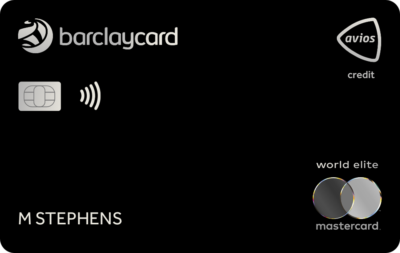
Barclaycard Avios Plus Mastercard
Get 25,000 Avios for signing up and an upgrade voucher at £10,000 Read our full review
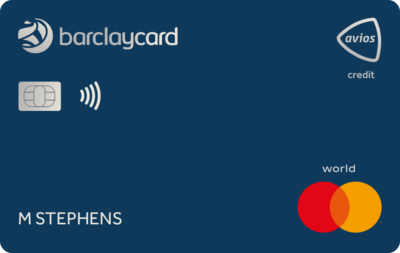
Barclaycard Avios Mastercard
5,000 Avios for signing up and an upgrade voucher at £20,000 Read our full review
You can see our full directory of all UK cards which earn airline or hotel points here. Here are the best of the other deals currently available.
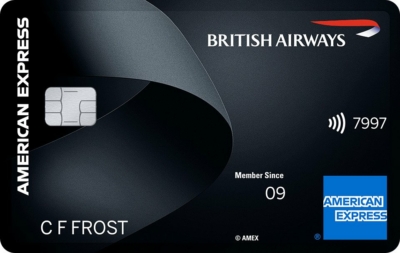
British Airways American Express Premium Plus
25,000 Avios and the famous annual 2-4-1 voucher Read our full review
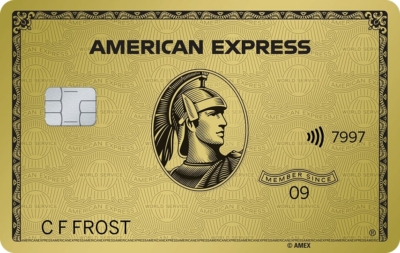
American Express Preferred Rewards Gold
Your best beginner’s card – 20,000 points, FREE for a year & four airport lounge passes Read our full review
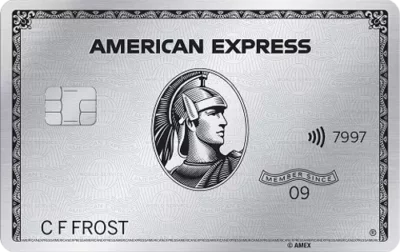
The Platinum Card from American Express
40,000 bonus points and a huge range of valuable benefits – for a fee Read our full review

Virgin Atlantic Reward+ Mastercard
15,000 bonus points and 1.5 points for every £1 you spend Read our full review
Earning miles and points from small business cards
If you are a sole trader or run a small company, you may also want to check out these offers:
SPECIAL OFFER: Until 12th May 2024, the Capital on Tap Business Rewards Visa card is offering a bonus of 30,000 points, convertible into 30,000 Avios. You must have a Limited Company to apply. Click here to learn more and click here to apply.
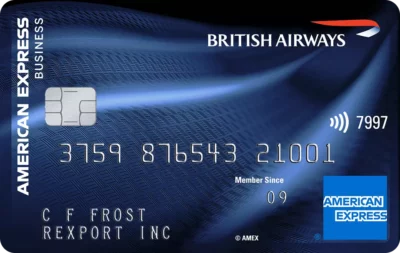
British Airways Accelerating Business American Express
30,000 Avios sign-up bonus – plus annual bonuses of up to 30,000 Avios Read our full review
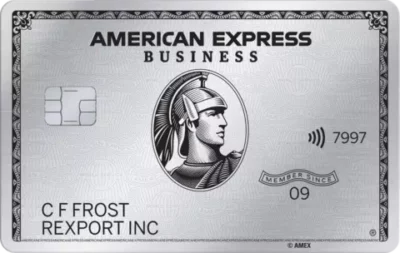
American Express Business Platinum
40,000 points sign-up bonus and an annual £200 Amex Travel credit Read our full review
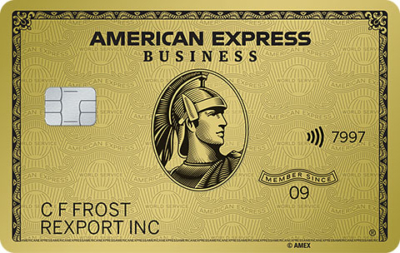
American Express Business Gold
20,000 points sign-up bonus and FREE for a year Read our full review
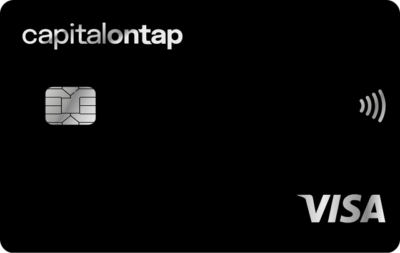
Capital on Tap Business Rewards Visa
Huge 30,000 points bonus until 12th May 2024 Read our full review
For a non-American Express option, we also recommend the Barclaycard Select Cashback card for sole traders and small businesses. It is FREE and you receive 1% cashback on your spending.
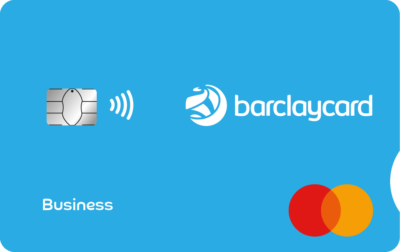
Barclaycard Select Cashback Business Credit Card
1% cashback uncapped* on all your business spending (T&C apply) Read our full review



 Rob
Rob 


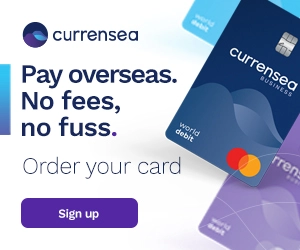

Comments (285)